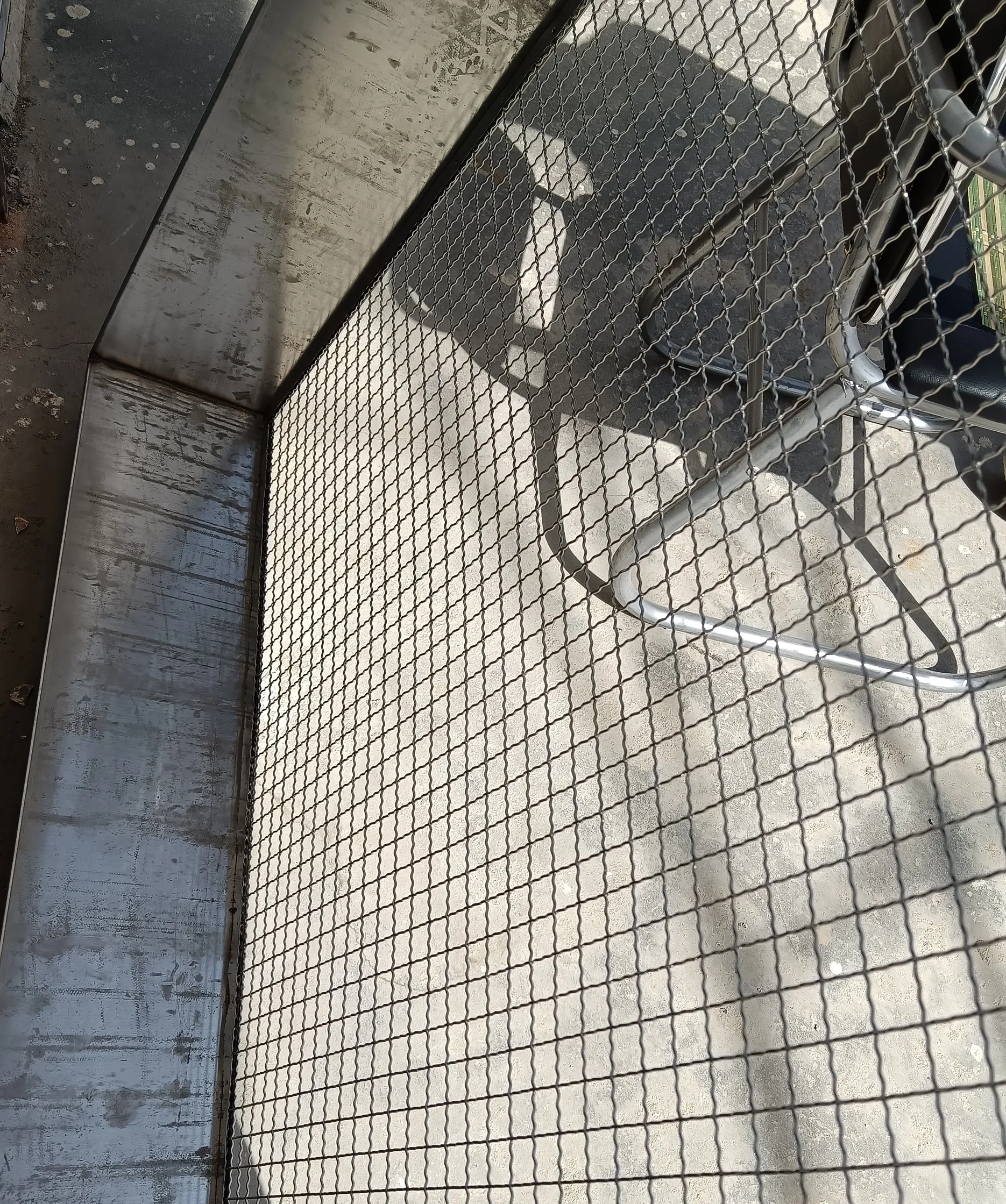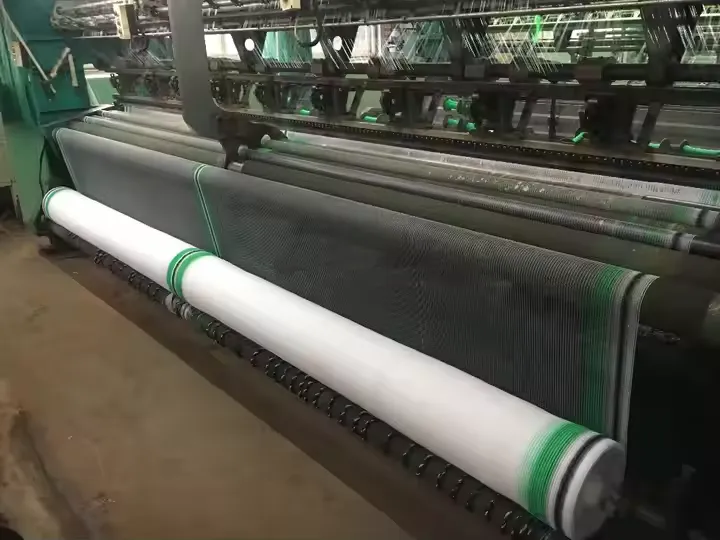-
 Afrikaans
Afrikaans -
 Albanian
Albanian -
 Amharic
Amharic -
 Arabic
Arabic -
 Armenian
Armenian -
 Azerbaijani
Azerbaijani -
 Basque
Basque -
 Belarusian
Belarusian -
 Bengali
Bengali -
 Bosnian
Bosnian -
 Bulgarian
Bulgarian -
 Catalan
Catalan -
 Cebuano
Cebuano -
 China
China -
 Corsican
Corsican -
 Croatian
Croatian -
 Czech
Czech -
 Danish
Danish -
 Dutch
Dutch -
 English
English -
 Esperanto
Esperanto -
 Estonian
Estonian -
 Finnish
Finnish -
 French
French -
 Frisian
Frisian -
 Galician
Galician -
 Georgian
Georgian -
 German
German -
 Greek
Greek -
 Gujarati
Gujarati -
 Haitian Creole
Haitian Creole -
 hausa
hausa -
 hawaiian
hawaiian -
 Hebrew
Hebrew -
 Hindi
Hindi -
 Miao
Miao -
 Hungarian
Hungarian -
 Icelandic
Icelandic -
 igbo
igbo -
 Indonesian
Indonesian -
 irish
irish -
 Italian
Italian -
 Japanese
Japanese -
 Javanese
Javanese -
 Kannada
Kannada -
 kazakh
kazakh -
 Khmer
Khmer -
 Rwandese
Rwandese -
 Korean
Korean -
 Kurdish
Kurdish -
 Kyrgyz
Kyrgyz -
 Lao
Lao -
 Latin
Latin -
 Latvian
Latvian -
 Lithuanian
Lithuanian -
 Luxembourgish
Luxembourgish -
 Macedonian
Macedonian -
 Malgashi
Malgashi -
 Malay
Malay -
 Malayalam
Malayalam -
 Maltese
Maltese -
 Maori
Maori -
 Marathi
Marathi -
 Mongolian
Mongolian -
 Myanmar
Myanmar -
 Nepali
Nepali -
 Norwegian
Norwegian -
 Norwegian
Norwegian -
 Occitan
Occitan -
 Pashto
Pashto -
 Persian
Persian -
 Polish
Polish -
 Portuguese
Portuguese -
 Punjabi
Punjabi -
 Romanian
Romanian -
 Russian
Russian -
 Samoan
Samoan -
 Scottish Gaelic
Scottish Gaelic -
 Serbian
Serbian -
 Sesotho
Sesotho -
 Shona
Shona -
 Sindhi
Sindhi -
 Sinhala
Sinhala -
 Slovak
Slovak -
 Slovenian
Slovenian -
 Somali
Somali -
 Spanish
Spanish -
 Sundanese
Sundanese -
 Swahili
Swahili -
 Swedish
Swedish -
 Tagalog
Tagalog -
 Tajik
Tajik -
 Tamil
Tamil -
 Tatar
Tatar -
 Telugu
Telugu -
 Thai
Thai -
 Turkish
Turkish -
 Turkmen
Turkmen -
 Ukrainian
Ukrainian -
 Urdu
Urdu -
 Uighur
Uighur -
 Uzbek
Uzbek -
 Vietnamese
Vietnamese -
 Welsh
Welsh -
 Bantu
Bantu -
 Yiddish
Yiddish -
 Yoruba
Yoruba -
 Zulu
Zulu
Feb . 08, 2025 06:00
Back to list
insect net mesh 50
Plastic mesh netting has become an indispensable component across various industries, offering versatility, durability, and cost-effectiveness. With applications ranging from agriculture to industrial use, understanding the nuances of plastic mesh netting can provide valuable insights into its benefits and potential uses.
The versatility of plastic mesh netting extends to its applications in home and garden settings. Homeowners use the netting as a safety feature around pools and gardens, offering peace of mind by preventing unauthorized access or accidental falls. Additionally, its application in gutter guards prevents debris accumulation, ensuring smooth water flow and reducing maintenance. Ensuring quality in plastic mesh netting involves selecting reputable manufacturers who are transparent about their production process and material sourcing. High-quality products come with certifications that attest to their strength, durability, and safety standards, reinforcing trust in consumer purchases. Advancements in manufacturing technology have led to the production of various mesh sizes and thicknesses, catering to specific needs. Customization options are available, allowing businesses to choose netting that aligns precisely with their operational requirements. As industries strive to optimize processes and reduce environmental impact, the role of innovative materials like plastic mesh netting becomes increasingly significant. With its robust performance across diverse environments, plastic mesh netting stands as a testament to how synthetics can bridge the gap between traditional material limitations and contemporary application needs. Stakeholders across all sectors are encouraged to consider the numerous advantages of incorporating this versatile material into their operations. As the demand for sustainable yet effective solutions grows, plastic mesh netting remains at the forefront. Its ubiquity across industries and domestic settings underscores its essential role in modern society. Embracing its potential can lead to improved outcomes, whether in terms of agricultural productivity, aquaculture efficiency, or construction safety. Ensuring informed choices in product selection and application ultimately enhances the value derived from this remarkable material.


The versatility of plastic mesh netting extends to its applications in home and garden settings. Homeowners use the netting as a safety feature around pools and gardens, offering peace of mind by preventing unauthorized access or accidental falls. Additionally, its application in gutter guards prevents debris accumulation, ensuring smooth water flow and reducing maintenance. Ensuring quality in plastic mesh netting involves selecting reputable manufacturers who are transparent about their production process and material sourcing. High-quality products come with certifications that attest to their strength, durability, and safety standards, reinforcing trust in consumer purchases. Advancements in manufacturing technology have led to the production of various mesh sizes and thicknesses, catering to specific needs. Customization options are available, allowing businesses to choose netting that aligns precisely with their operational requirements. As industries strive to optimize processes and reduce environmental impact, the role of innovative materials like plastic mesh netting becomes increasingly significant. With its robust performance across diverse environments, plastic mesh netting stands as a testament to how synthetics can bridge the gap between traditional material limitations and contemporary application needs. Stakeholders across all sectors are encouraged to consider the numerous advantages of incorporating this versatile material into their operations. As the demand for sustainable yet effective solutions grows, plastic mesh netting remains at the forefront. Its ubiquity across industries and domestic settings underscores its essential role in modern society. Embracing its potential can lead to improved outcomes, whether in terms of agricultural productivity, aquaculture efficiency, or construction safety. Ensuring informed choices in product selection and application ultimately enhances the value derived from this remarkable material.
Next:
Latest news
-
Shipping Plastic Bags for Every NeedNewsJul.24,2025
-
Safety Netting: Your Shield in ConstructionNewsJul.24,2025
-
Plastic Mesh Netting for Everyday UseNewsJul.24,2025
-
Nylon Netting for Every UseNewsJul.24,2025
-
Mesh Breeder Box for Fish TanksNewsJul.24,2025
-
Expanded Steel Mesh Offers Durable VersatilityNewsJul.24,2025











